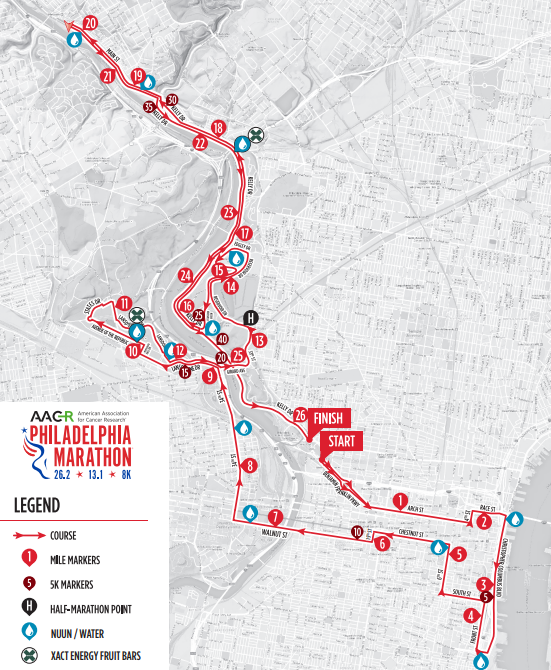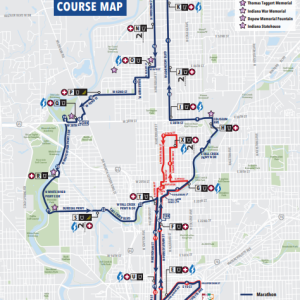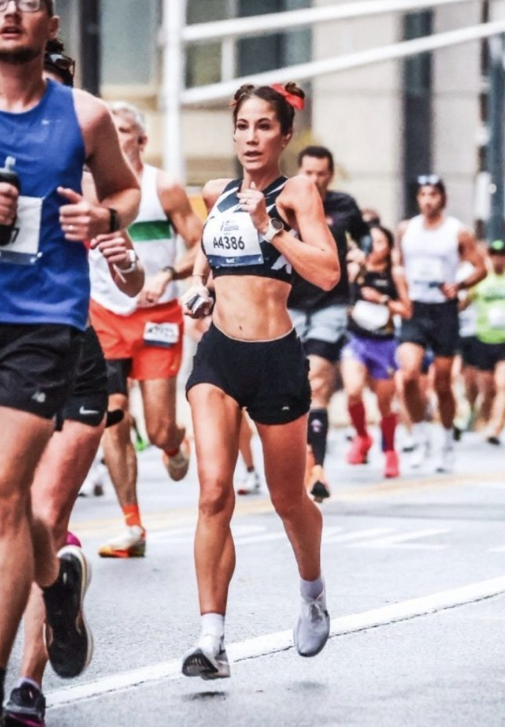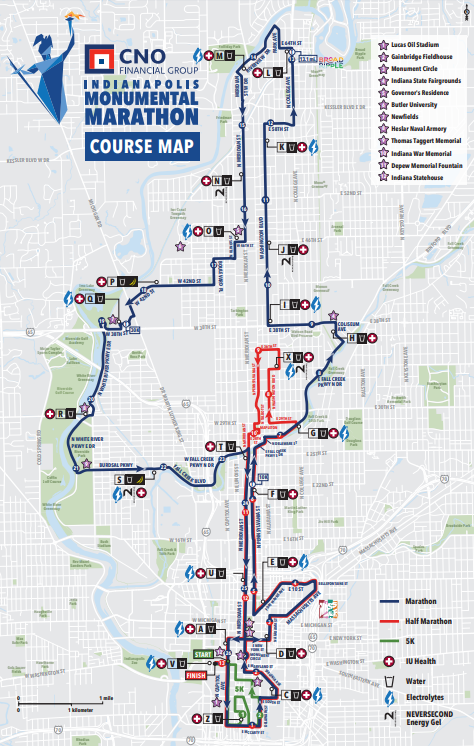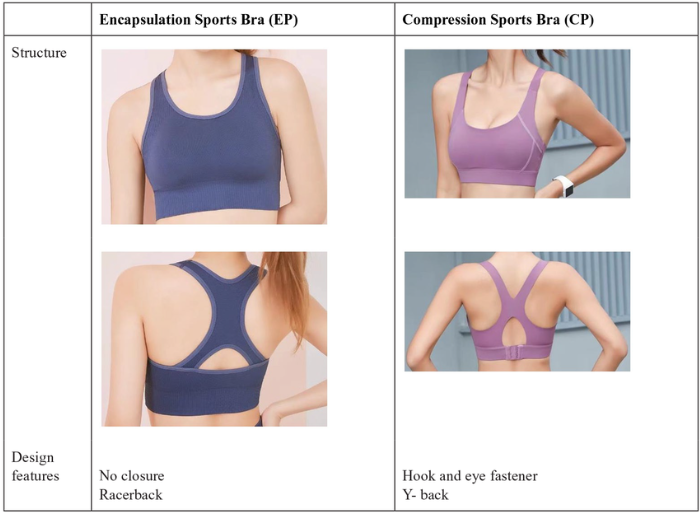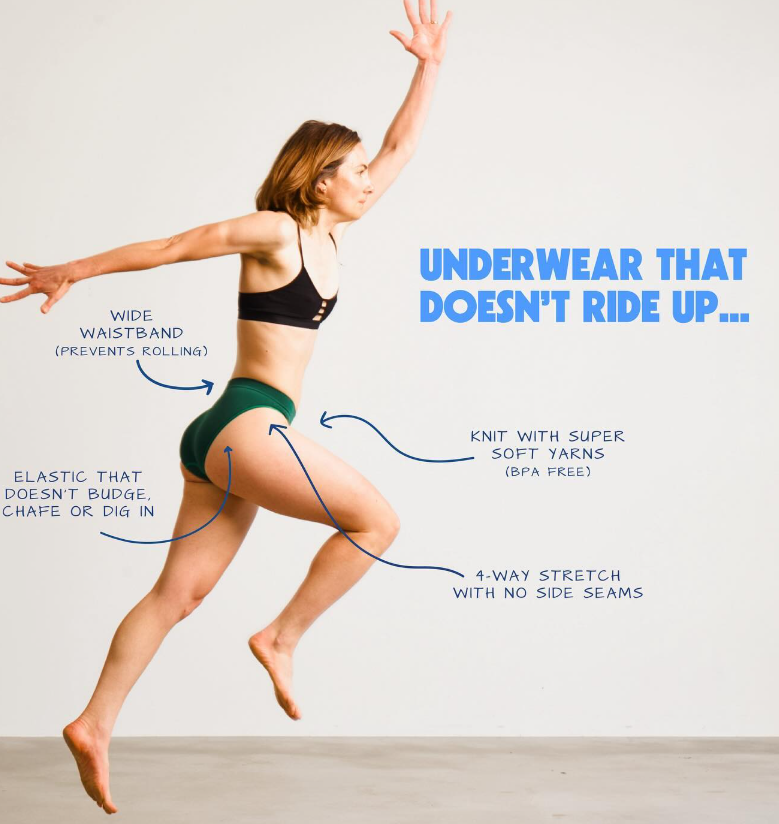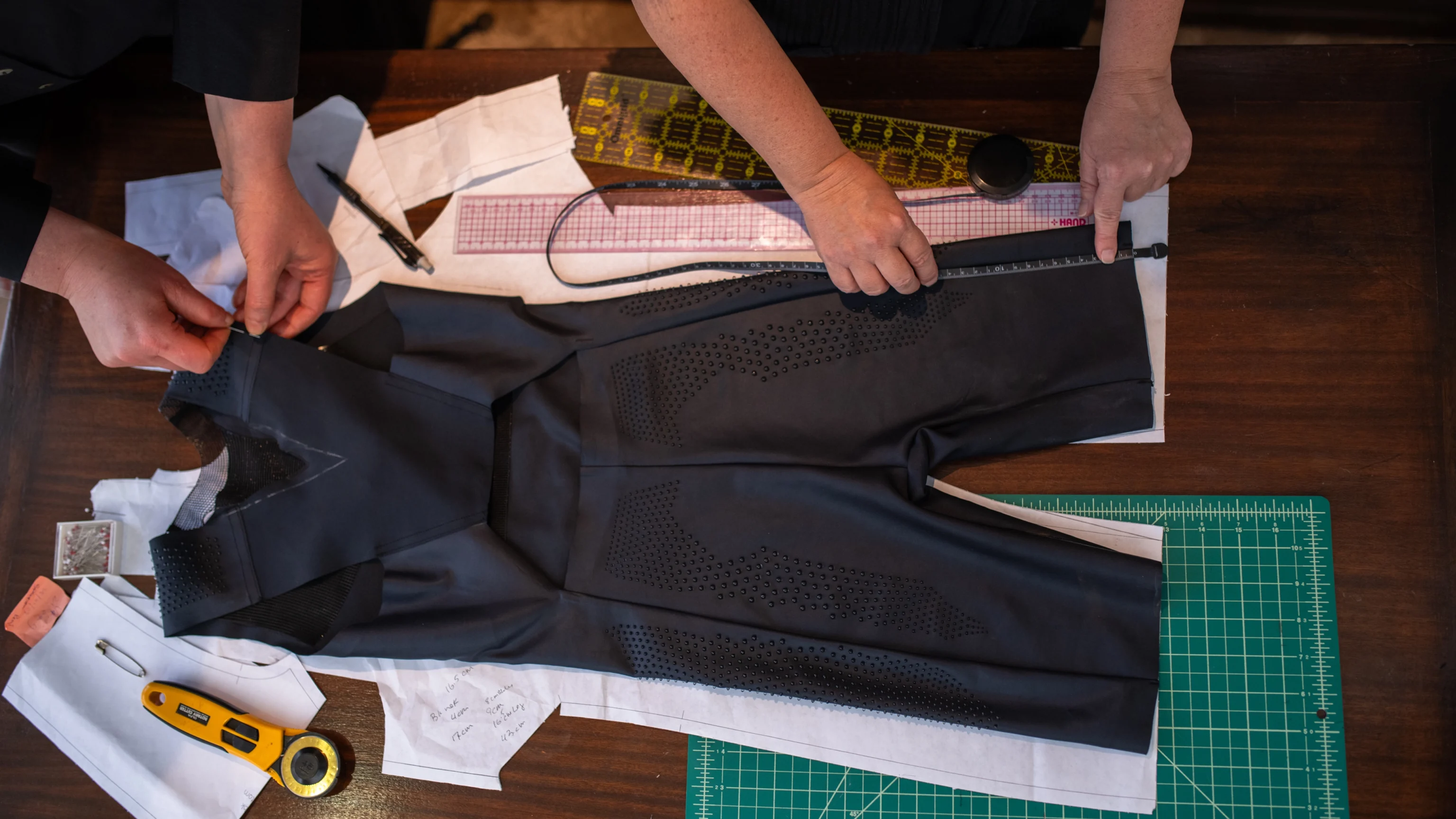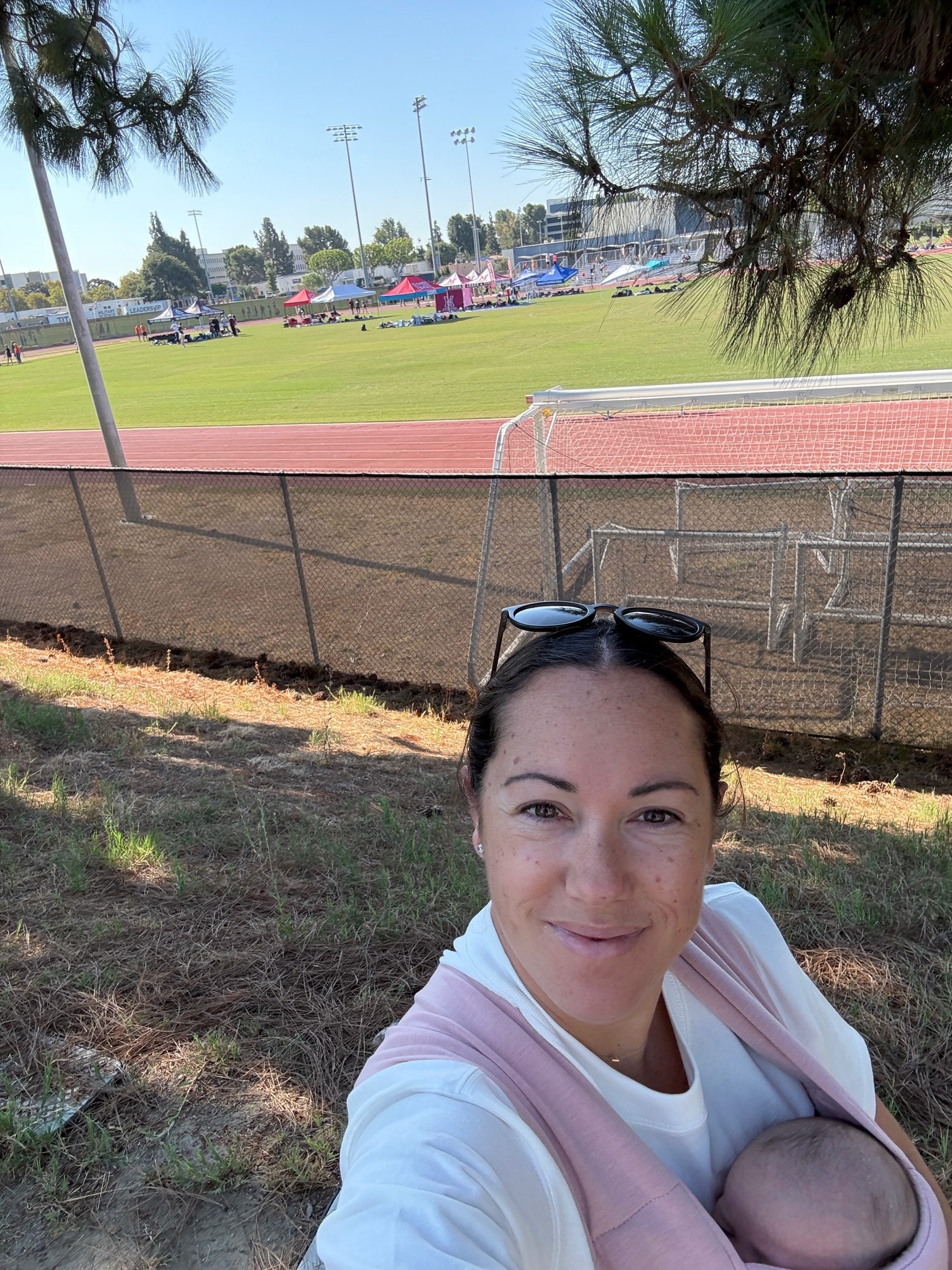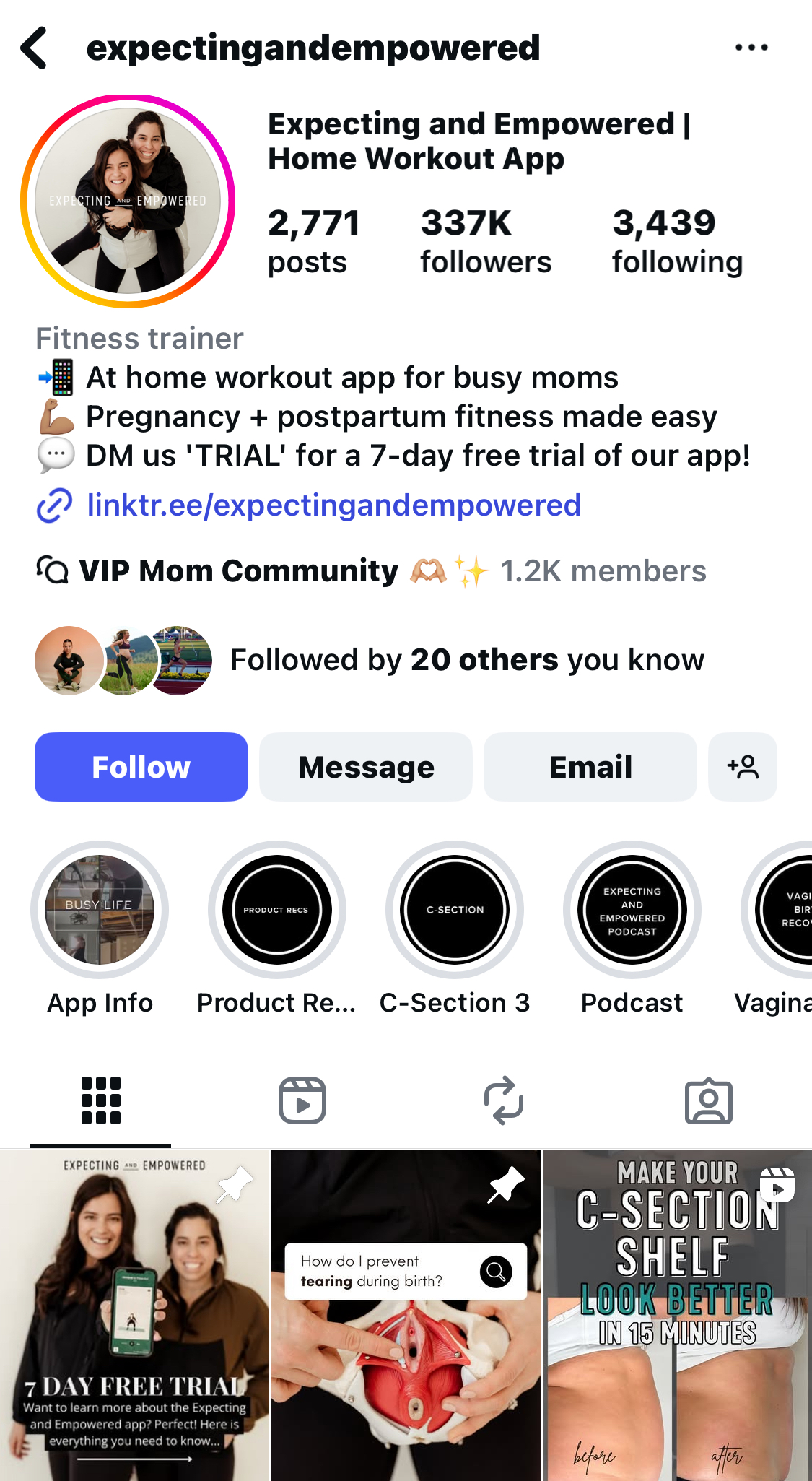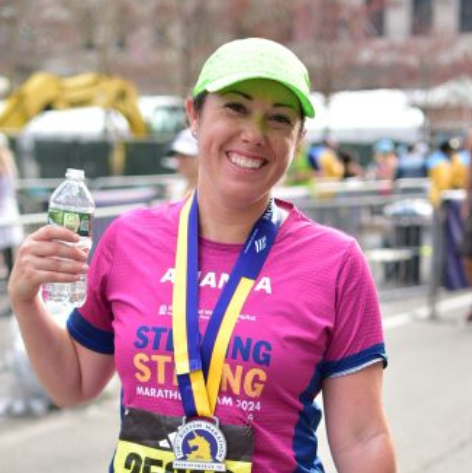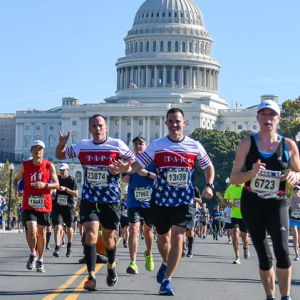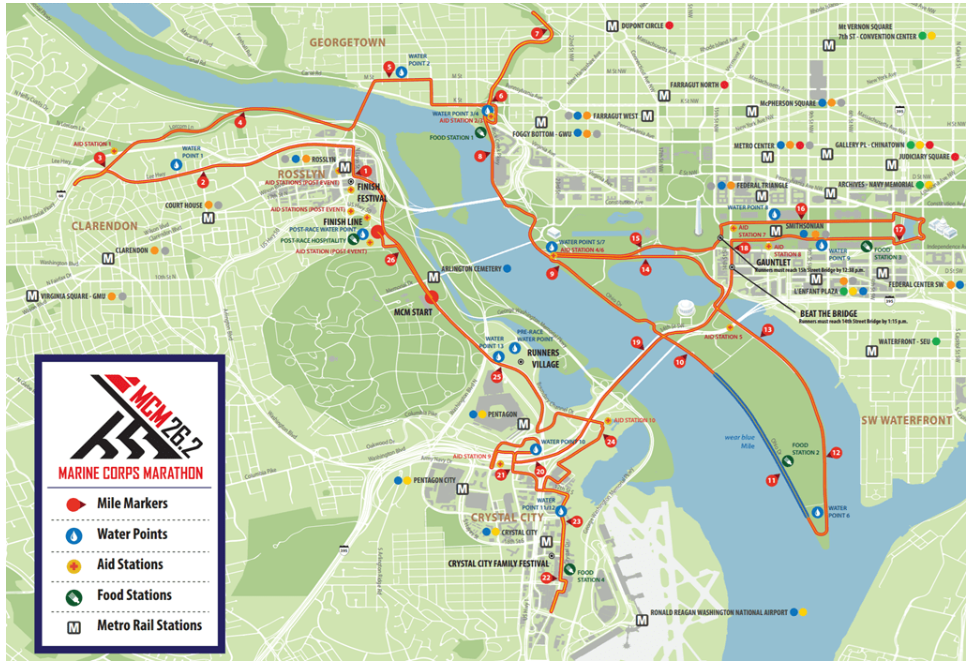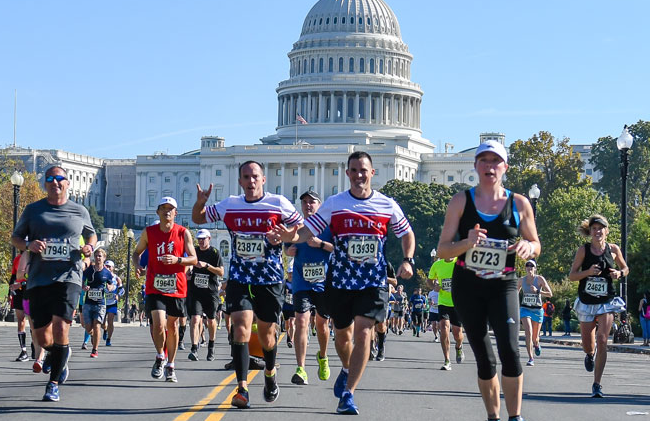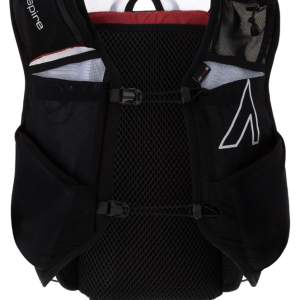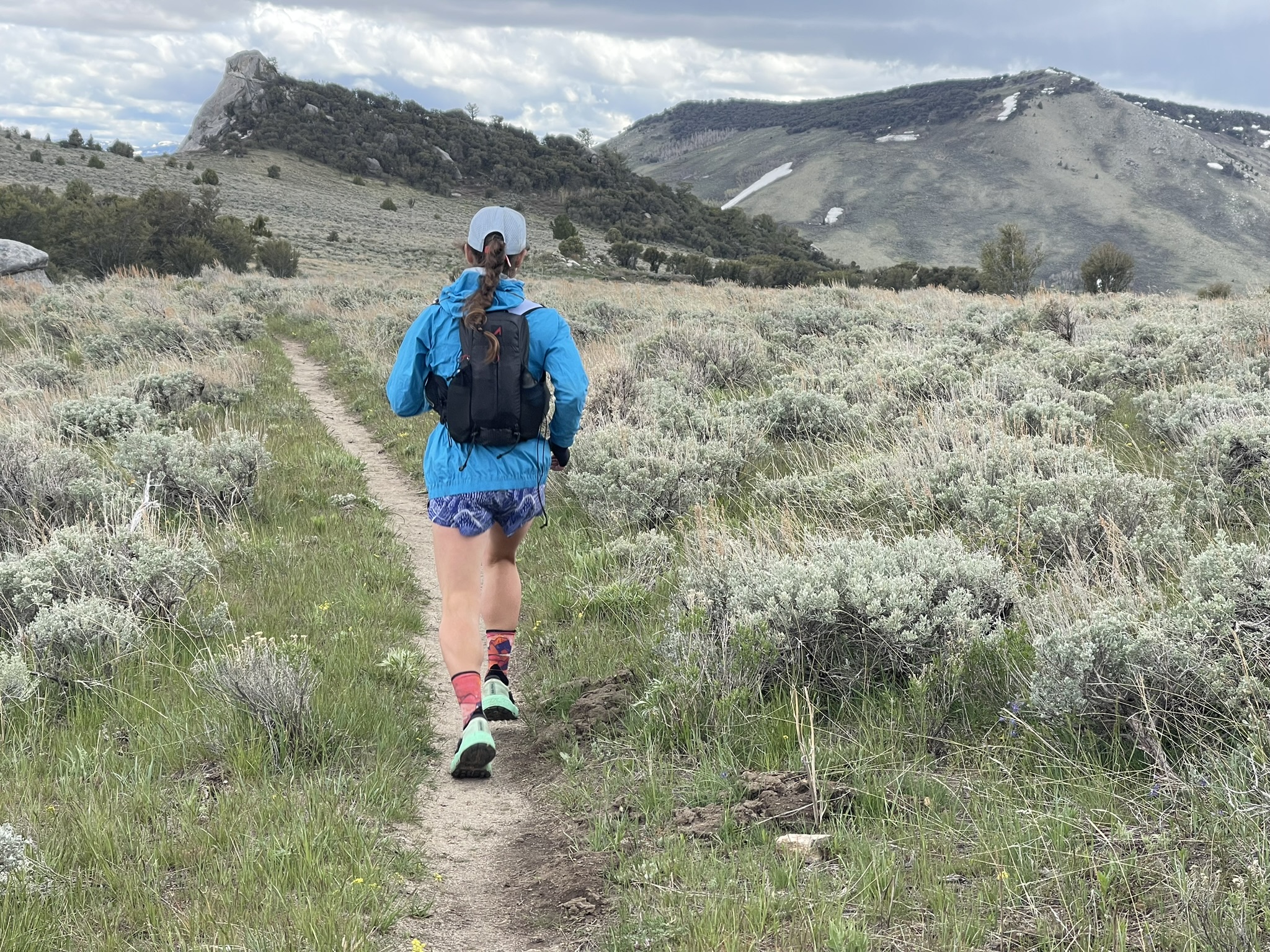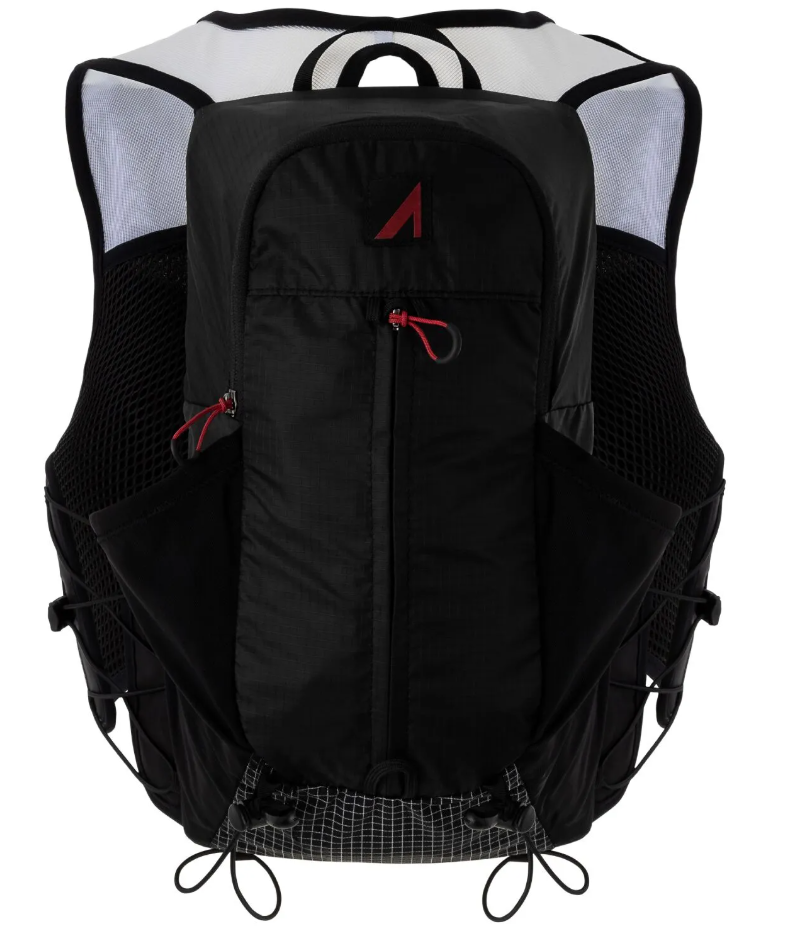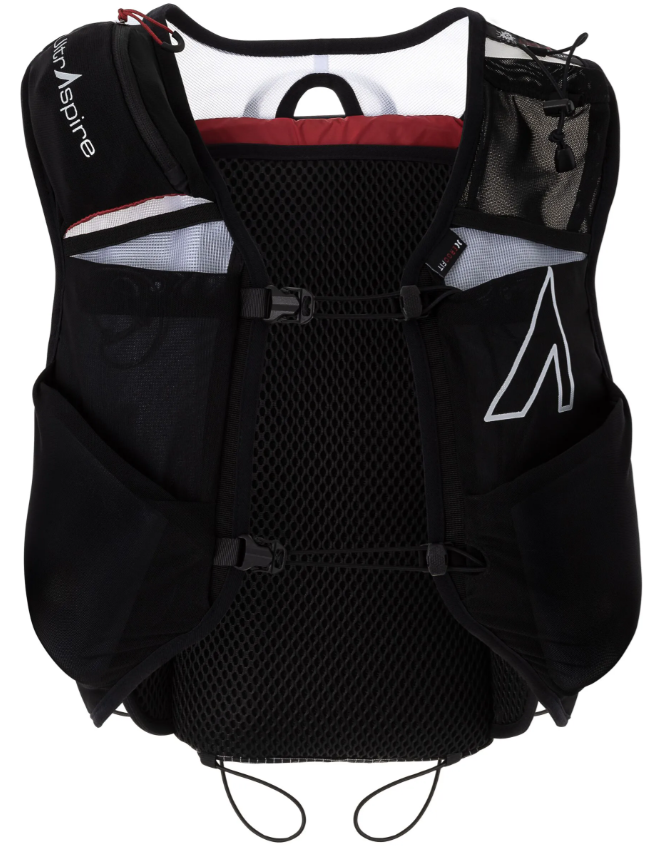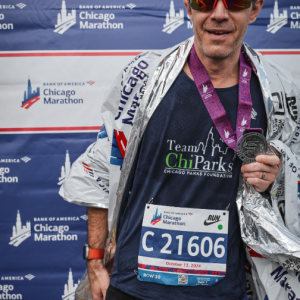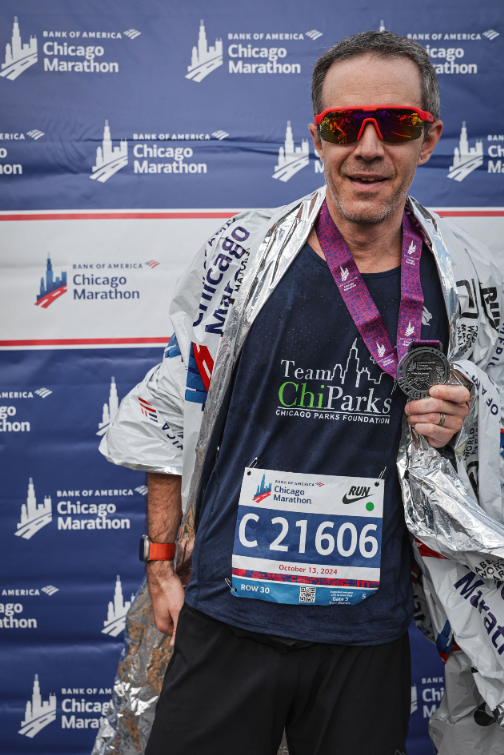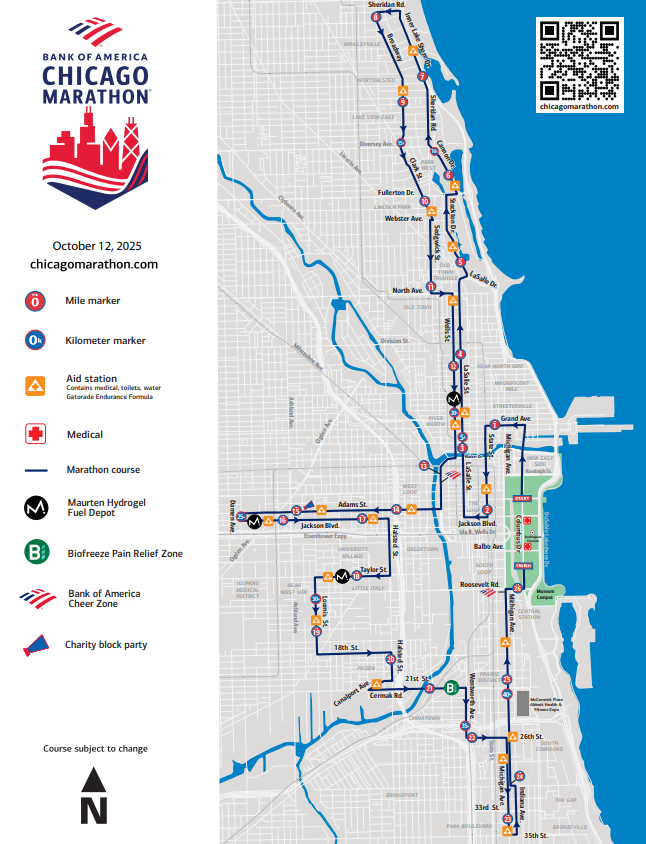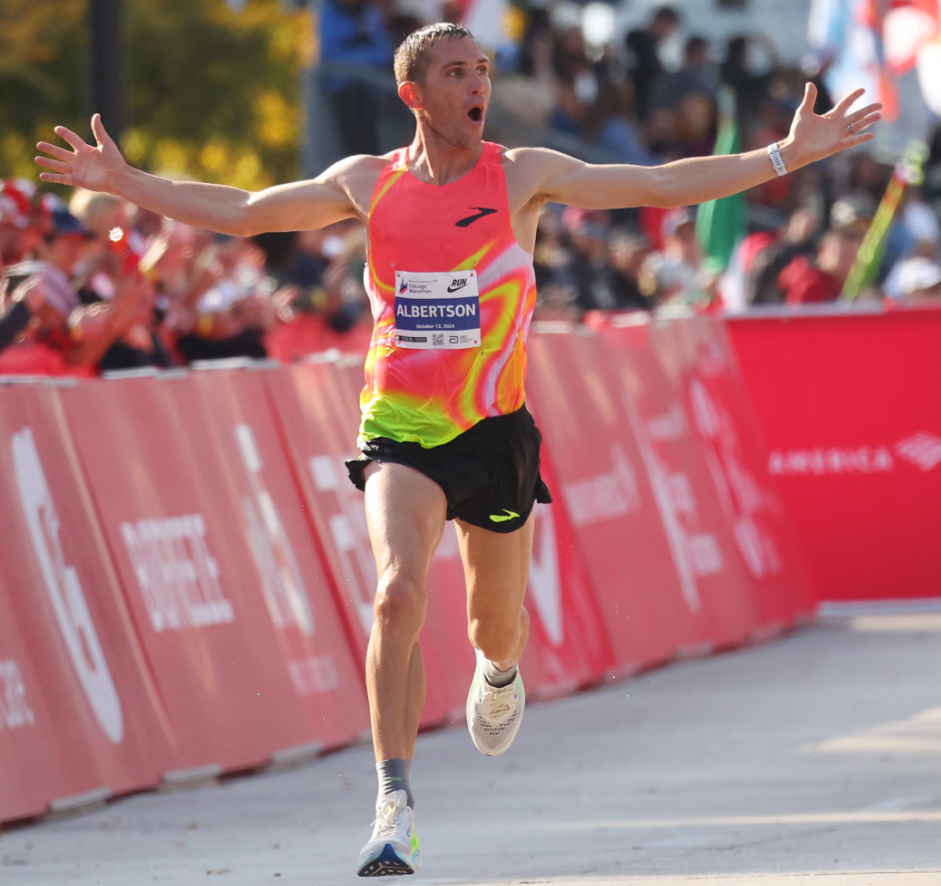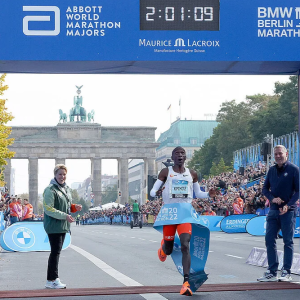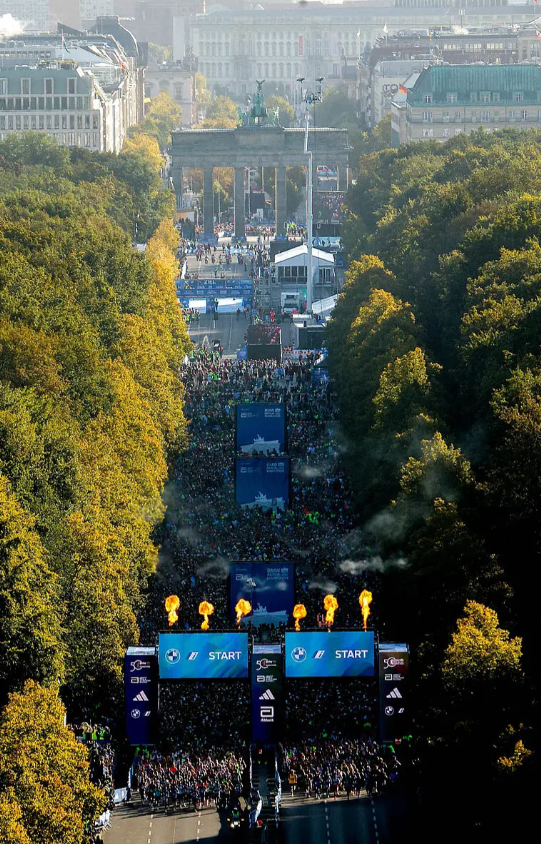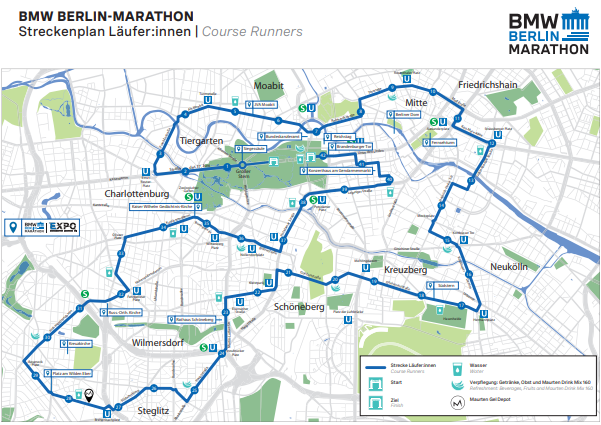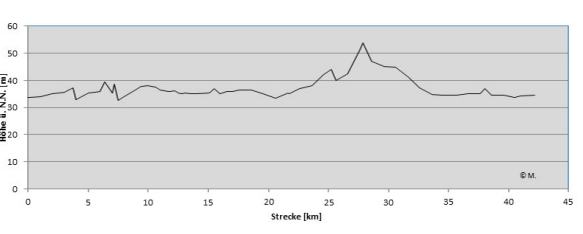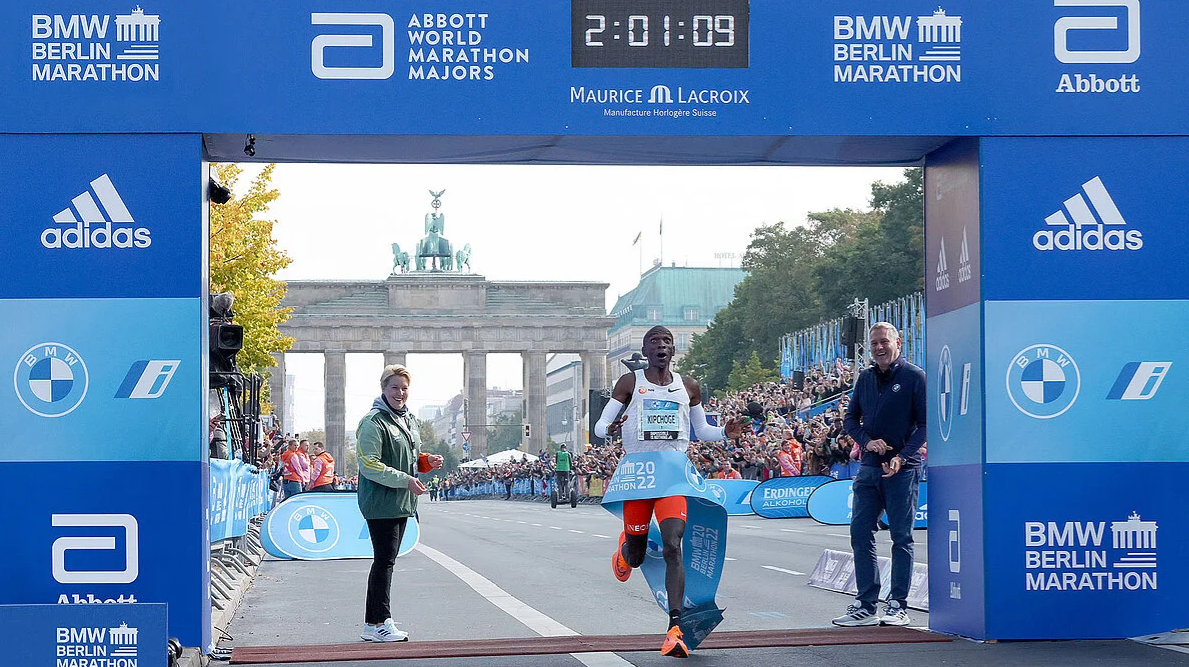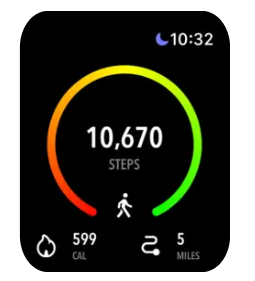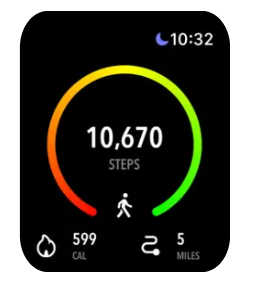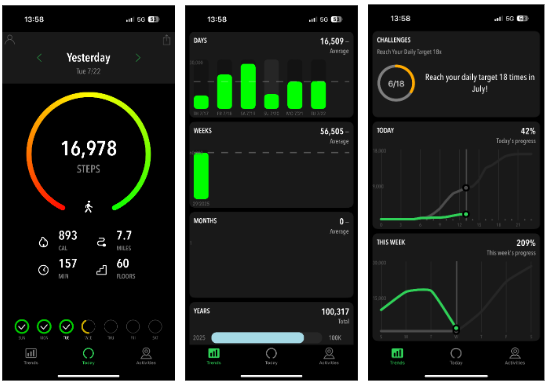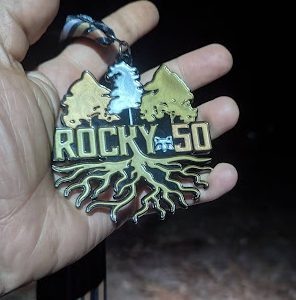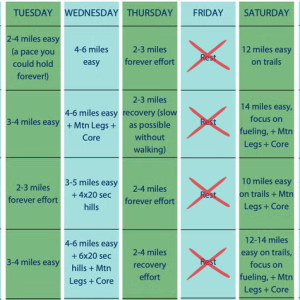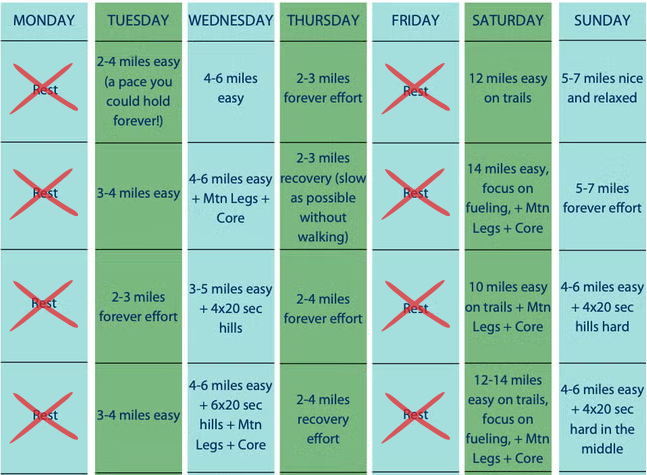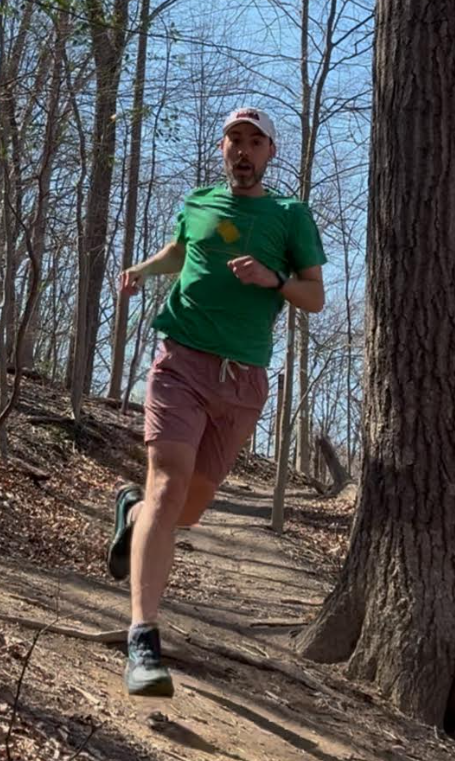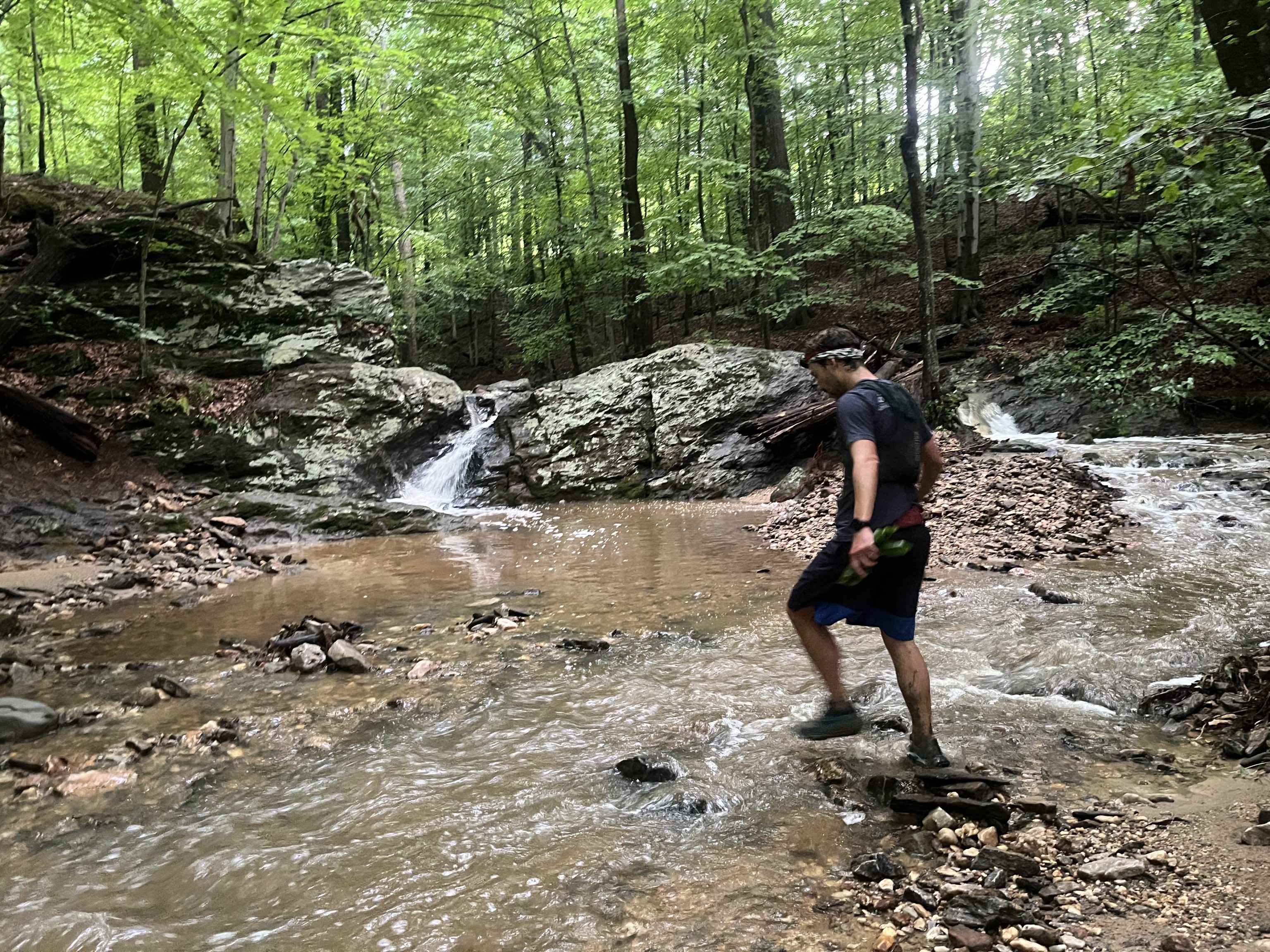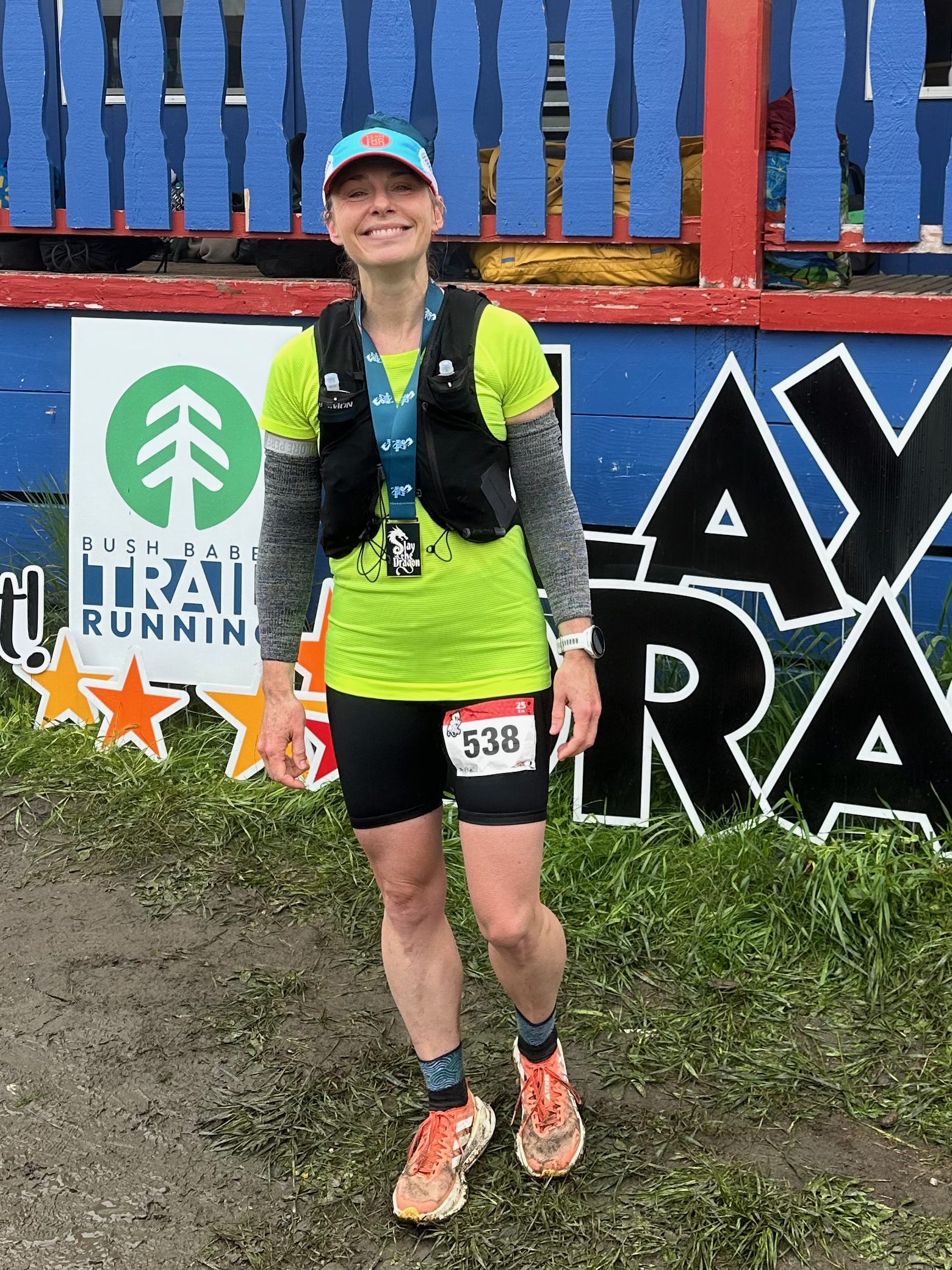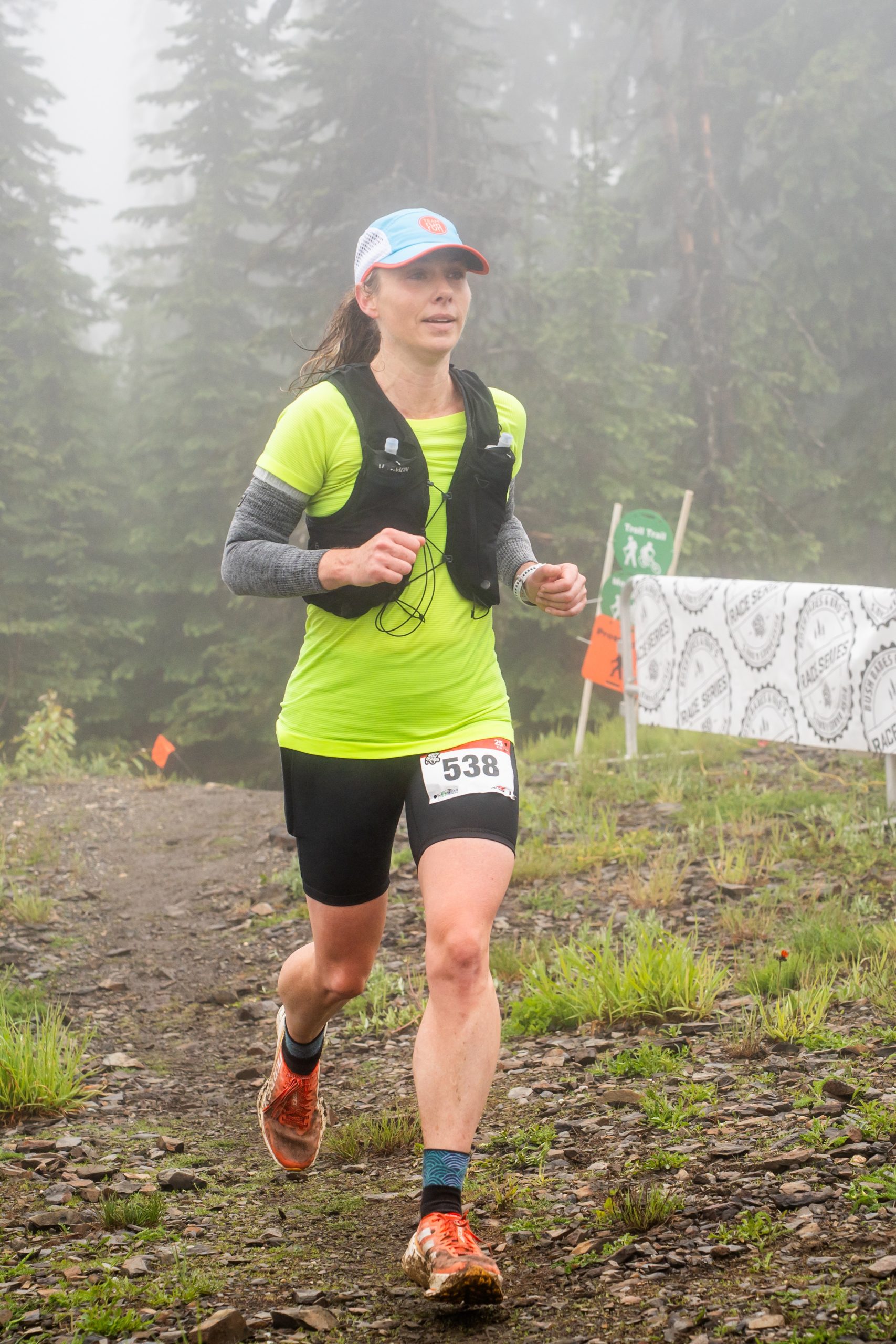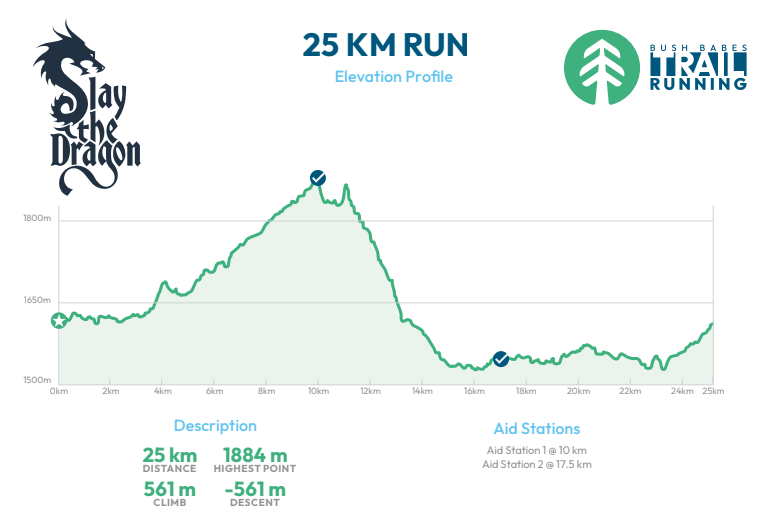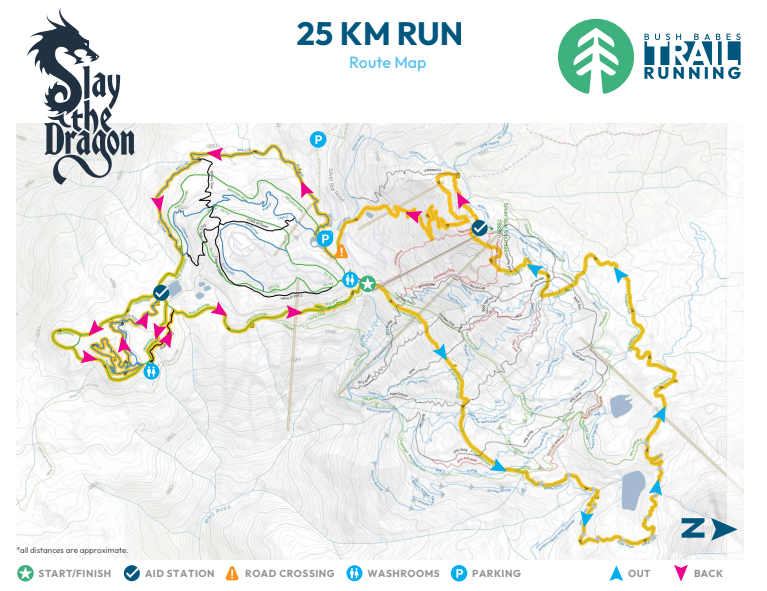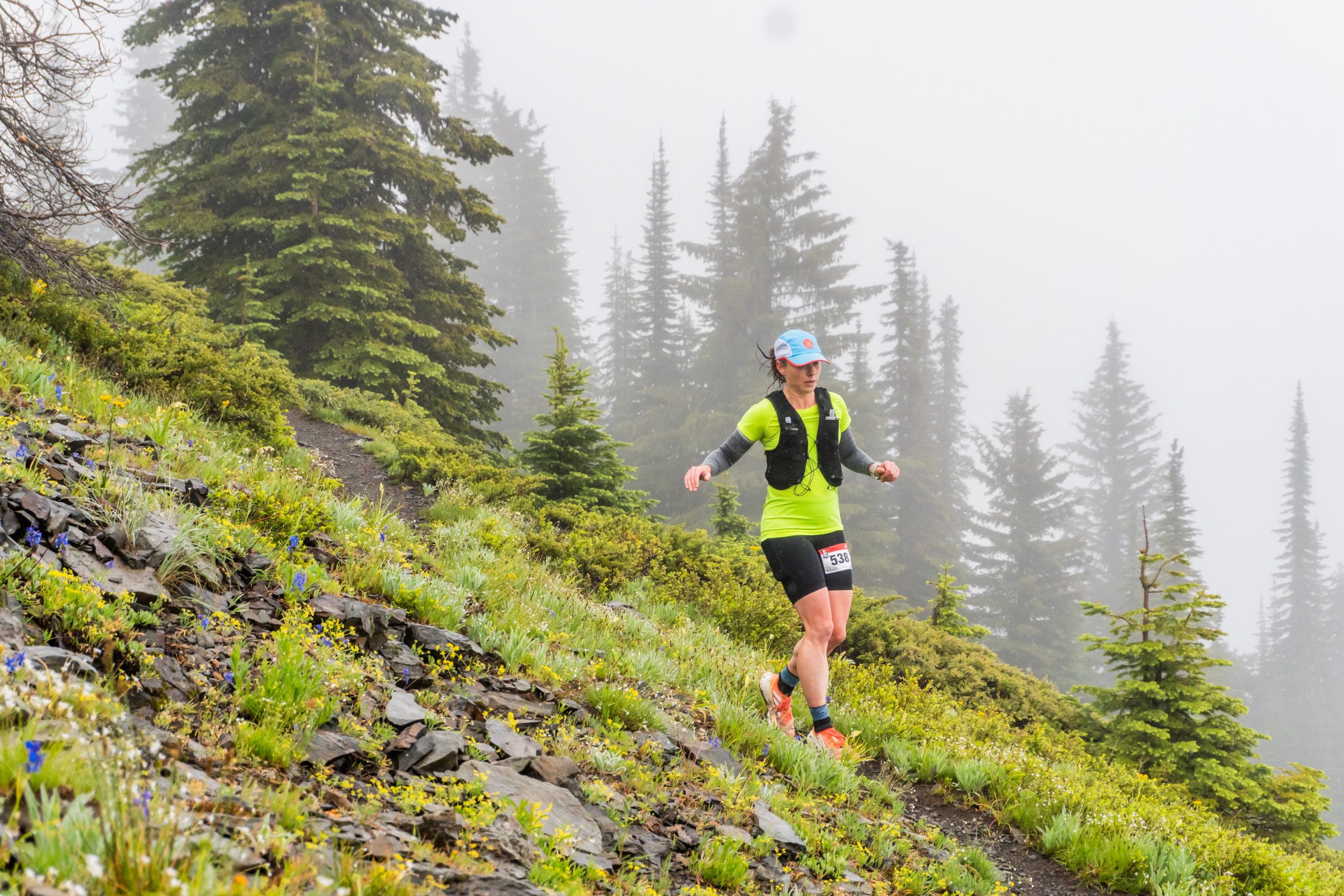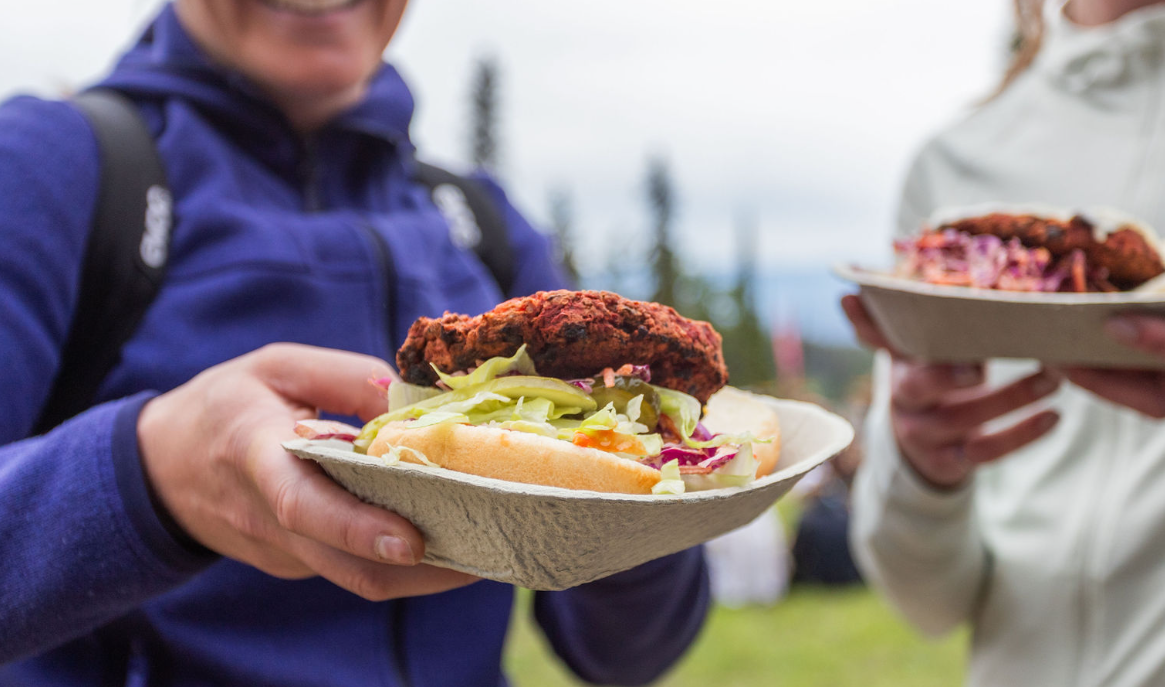Race: New York City Marathon 2025
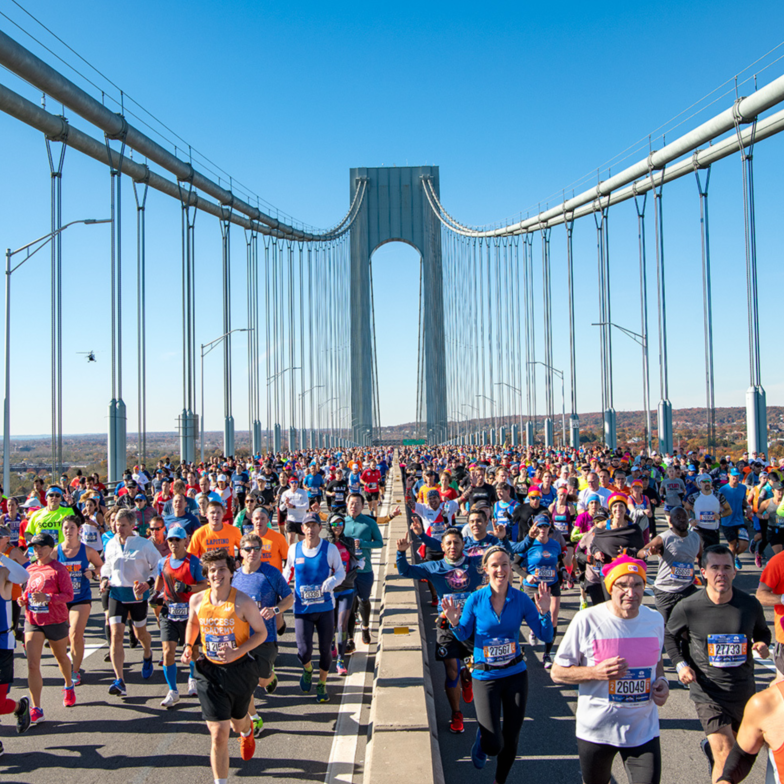
Runner: Rohit Eipe
Race Date: 11/02/2025
Location: New York City, USA
Result: 5:06:15
Strava Activity Link: https://www.strava.com/activities/16336604258
3 Bests – What aspects of the race did you like the most?
- Crowd and spectators: It was truly amazing! I almost never run without my audiobook, but it was so loud and so enthusiastic that I felt that I should immerse myself in the experience and enjoy it.
- Course: It’s truly iconic as it winds through the 5 boroughs; the bridges are brutal but pretty.
- Field size and growth: I’m sure there are differing opinions on this, but I’m glad they’re expanding the field. I believe this year was one of the largest ever at around 71,000 starters. At my pace, I wouldn’t ever qualify for a race like this. I’m also grateful for the second-chance lottery system that got me an entry to this race: thank you NYRR!
- Start village organization: For a race with so many people, it was a good size and relatively well organized. Physical signage could have been better within the village. Audio announcements were great.
Not so much – Aspects of the race that didn’t do it for you
Not really complaints or dislikes, but things to look out for:
1. New York City Marathon course difficulty
The course is brutally hard – and deceptively so. For someone from hilly Seattle, even the Verrazano Narrows and Queensboro Bridge seemed like nothing: about 150 and 110 feet elevation change about about 0.75 miles. But most of the course has rolling terrain, and if you don’t hold back or haven’t trained appropriately, you’ll destroy your calves and quads, like I did, and then fall apart at the end. For me, I was cruising through mile 19 before falling apart quite abruptly and struggling to the finish. While I would’ve been happy with my finishing time at the start of the race, given how well I was rolling and the time I was on track for before my demise, I was ultimately somewhat disappointed.
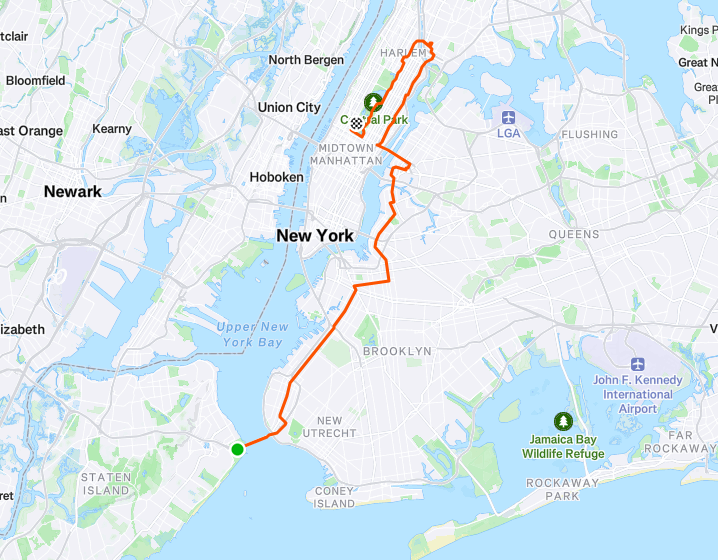
2. Later starts mean warmer temperatures
Because of the expanded field, the slower runners start very late in the day. I crossed the start line about 8 minutes past by designated 11:30 am start time. Given that I had to travel east for the race, and the 2025 New York City Marathon fell on the day the clocks go back, I was happy to be able to sleep in and start the race fresh; I slept a shocking 9 hours before the race, whereas I had slept 3 restless hours before the Chicago Marathon’s 7 am start 4 years ago! However, the late start resulted in warmer temperatures and, in the end, an extremely long day.
3. Getting to the race start
The point to point nature of the New York City Marathon course, means runners must travel a long way to get to the start on Staten Island (see course map to the right). I took the ferry and then a bus on Staten Island. Other runners who took the bus all the way from Manhattan had a far longer total travel time..
Weird factor – What’s the weirdest thing about this race?
The elevation and course profile. While the Seattle marathon has about 1500 feet of elevation in a typical year, I’d argue that the 950-1000 feet of the New York City Marathon is much harder because of the rolling nature of the terrain.
Highlights of your race – What did you do well and enjoy about your race in particular?
For a glorious 19 miles, I was having an amazing time and was extremely optimistic about getting close to a PR. While the crash was rough after that, and my eventual time was disappointing, I came away with optimism that I could run considerably faster with better pacing and better planning for the course, plus some conditioning for quads, calves, and probably other muscle groups.
Even though it eventually hurt me, I felt like I did a great job of running by feel and effort… for the first 19 miles at least!
Lessons for others – Share your pro-tips on the race to help the next runner
Unfortunately, I had not seen this before the race, but in retrospect, I would research any course that I wasn’t familiar with or didn’t have a very straightforward profile, like the person in this reddit post did:
I honestly think that if I had done this sort of research myself or had found this, I would have saved about 10 minutes and not had such a bad last 7 miles.
Lessons you learned that will help you next time around
Plan for the course, and hold back if/ when appropriate.
This was my first race in running in the Nike Alphafly’s, though I had done about a 100 miles of training in them. They helped me go fast, but they had the exact problem that I was concerned they would: they substantially exacerbate any calf weakness late in the race. I think for my next marathon I’ll go with the Asics Superblast. I also liked these a lot in training, and found them much more stable and gentle, yet still fairly fast.
Most important course specific knowledge to know about the race
(Hills!! See above)
Aesthetics – Is it a pretty course?
Quite pretty. However, I don’t think I paid much attention after 15 miles or so, as I was just bearing down mentally and trying to focus.
Difficulty – Is it a tough course?
I’d say so! The constantly rolling hills really add up (see elevation map below). And if you’ve read this far, I think you already know the answer to this question!

Organized and well run – Did it feel like a well-oiled machine or were they flying by the seat of their pants?
Fairly well oiled, especially for a race of this size!
There were a few areas in Brooklyn where the crowd ignored the tape barriers, creating a path barely about 10 feet wide for runners to go through, which felt dangerous and badly managed in terms of crowd control.
Competition – Is there a strong field?
Headlined by marathon GOAT, Eliud Kipchoge, and legendary distance runner, Kenneisa Bekele, need I say more…? While Kipchoge and Bekele enjoyed their retirement tour, finishing 17th and DNF-ing respectively, the elite men’s field wasn’t short of talent. 1st and 2nd place finishers, Abdi Nageeye and Evans Chebet, returned, in a field that included 8 men who have run under 2:05:00. Americans Joe Klecker, Charles Hicks, and Hillary Bor ran their marathon debut, alongside Britain’s Patrick Dever, who ended up a second off the podium. Other notable men included: Americans Reed Fischer, Joel Reichow, and Biya Simbassa, alongside 2:02:00-marathon runners, Benson Kipruto and Deresa Geleta.
On the women’s side, the last 3 New York City Marathon finishers returned to battle it out with Olympic Champion, Sifan Hassan. Akin to the 2025 Boston Marathon, it ended up being a match race between Hellen Obiri and Sharon Lokedi, with Obiri ultimately prevailing victorious. Other notable women included: Americans Fiona O’Keefe, Molly Seidel, Stephanie Bruce, and Sara Hall, Britain’s Jessica Warner Judd, and Ireland’s Fionnuala McCormack.
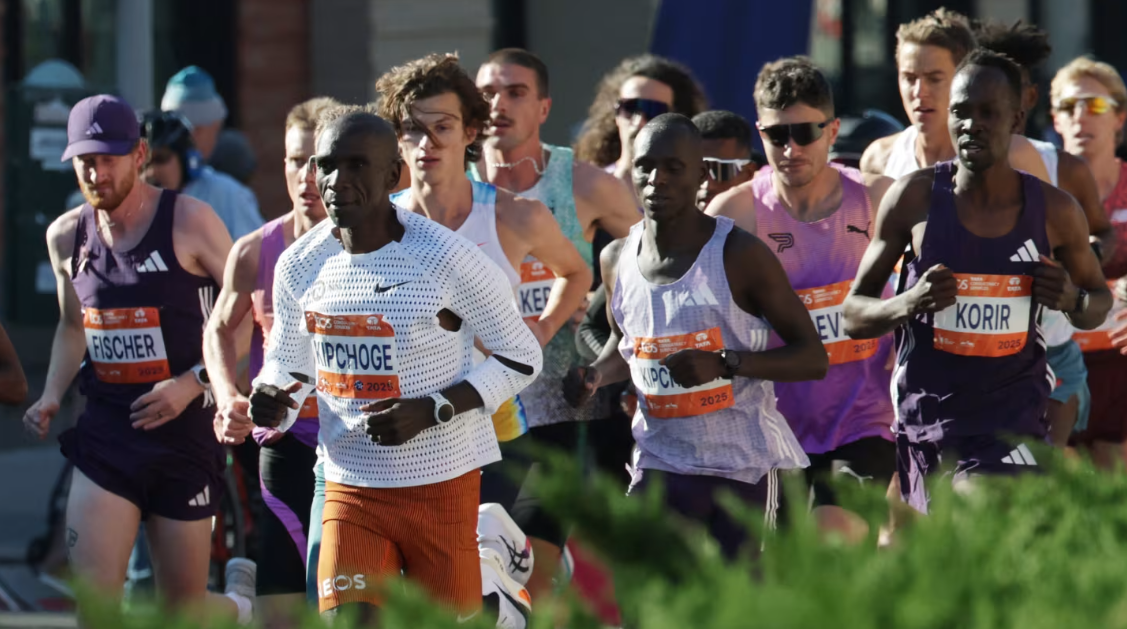
Logistics – Does it require a special handshake, registration a year in advance, hotels all booked? Give us the low down on the nuts and bolts of making the race happen.
It’s very hard to get into the New York City Marathon! There are various different ways to enter, including qualifying standards for faster runners, charity places, and lottery picks. I got in through a second-chance lottery that randomly picks people who miss the main lottery. If you get a phone call with caller-id ‘NYRR’ pick up!
Hotels are expensive, yeah – though I don’t think it’s particularly necessary to stay in Manhattan, so you could definitely save some money by staying elsewhere.
Aid Stations – Standard fare or anything special to know about the aid stations in terms of what’s available or when?
Aid stations were pretty good: Gatorade and water every mile starting at 3, which is pretty good. They had some Maurten 100 gels available at miles 12 and 18, but I didn’t want to try something new on race day and I had plenty of fuel with me. Also, they had bananas at mile 21, which seemed odd to have just one point with them. Apparently had biofreeze was available at some of the later medical stations; in retrospect, I should have made use of that to deal with some of the discomfort in my legs.
A small complaint I have is that some aid stations couldn’t keep up with the number of runners coming through, because the volunteers seemed to be untrained and not able to keep pace. This resulted in multiple instances of runners waiting longer than ideal, and small backlogs forming. At aid stations and just after, definitely watch your step, be careful not to slip, and watch out for people crossing lanes aggressively.
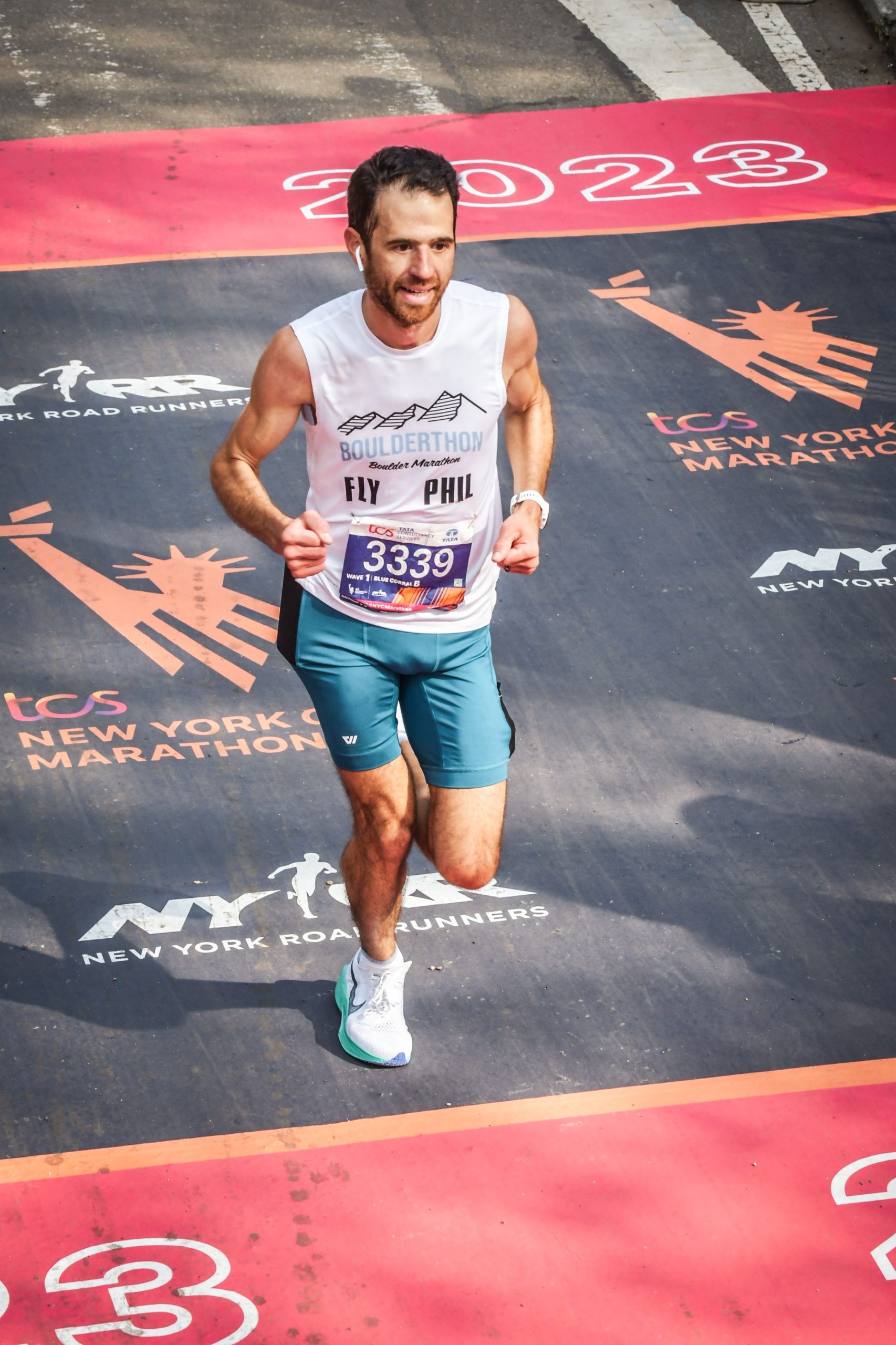
Weather and typical race conditions
Typically cold and dry. Occasionally rains because it’s early November: Thursday and early Friday of this year’s race week had been extremely wet.
Gear – Did you need anything special or is there anything you’d recommend for the next runner?
I definitely would recommend a good headlamp, as it can get super dark.
Spectators – Is this a friendly course for your friends?
Yes and no. It’s a great experience as a runner, and I’d imagine as part of the cheering crowd as well. There are lots of points with great music – notably Brooklyn, Harlem, and the Bronx. However, with so many people trying to get around the city to cheer runners on at multiple points, the subway system gets pretty overwhelmed. My wife met me at 3, 8, 18, and after the finish. Even though I’m a slower runner, she just barely made it to these stops!
How’s the Swag?
The New York City Marathon 2025 t-shirt was solid, though I prefer short-sleeved shirts: thin long-sleeved shirts are just a bit of a waste for me. There’s a ton of branded apparel for sale at the expo, but I don’t typically buy that sort of thing. The medal was nice, very solid (and hard earned)!
The Overall Score – How many stars do you give this race and do you recommend that others run it?
The New York City Marathon definitely gets 5 stars! While I don’t think I would do it again for a long time, it’s an outstanding experience. I highly recommend it to others.
For more New York City Marathon insight and coaching tips, we put together this New York City Marathon 101 race guide.



